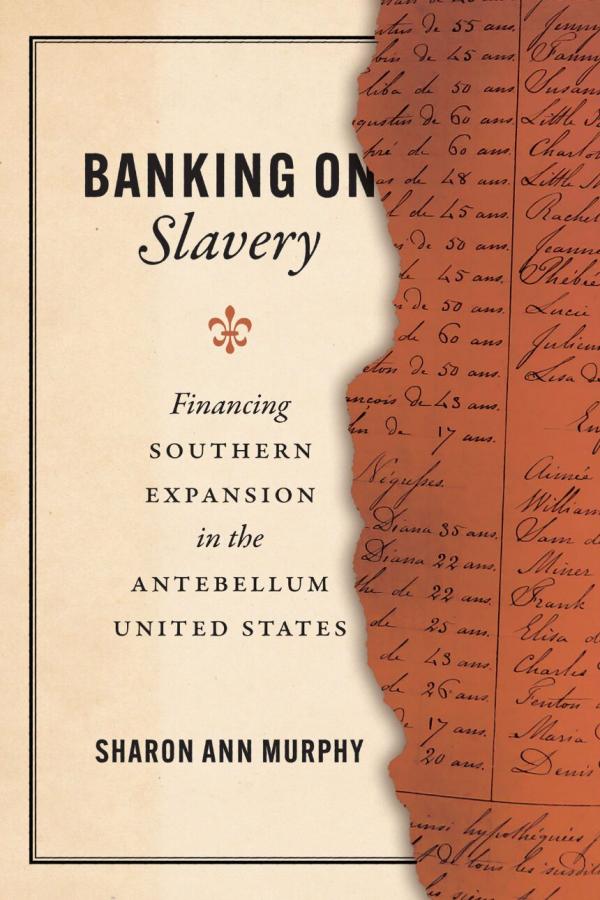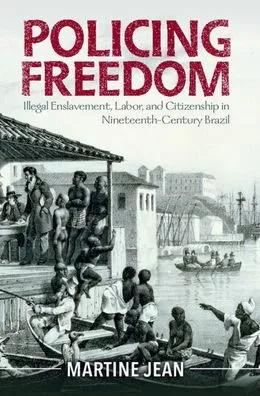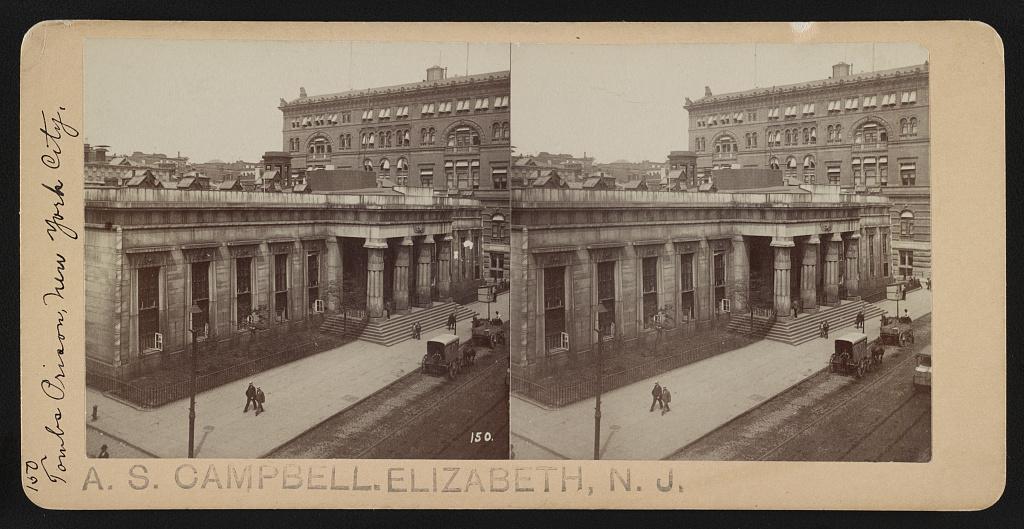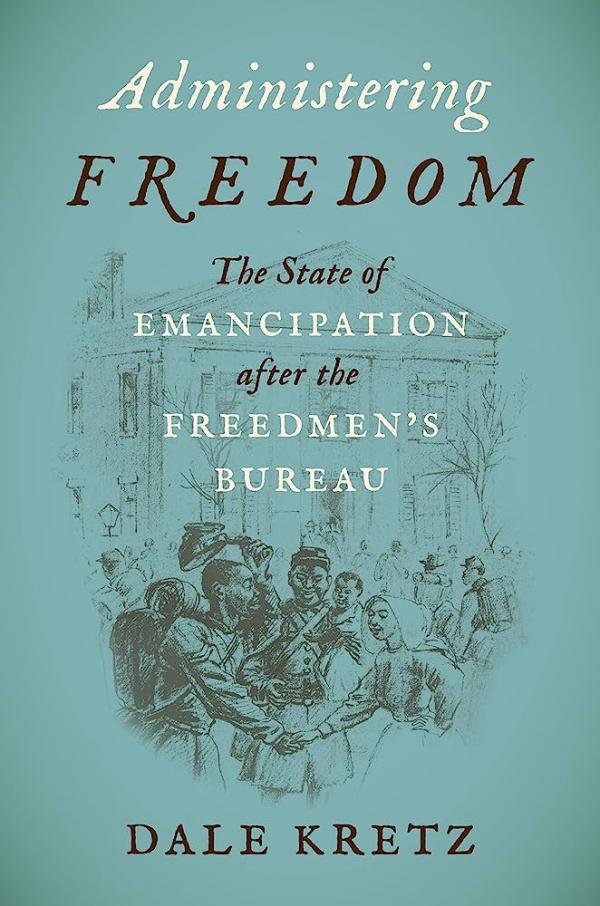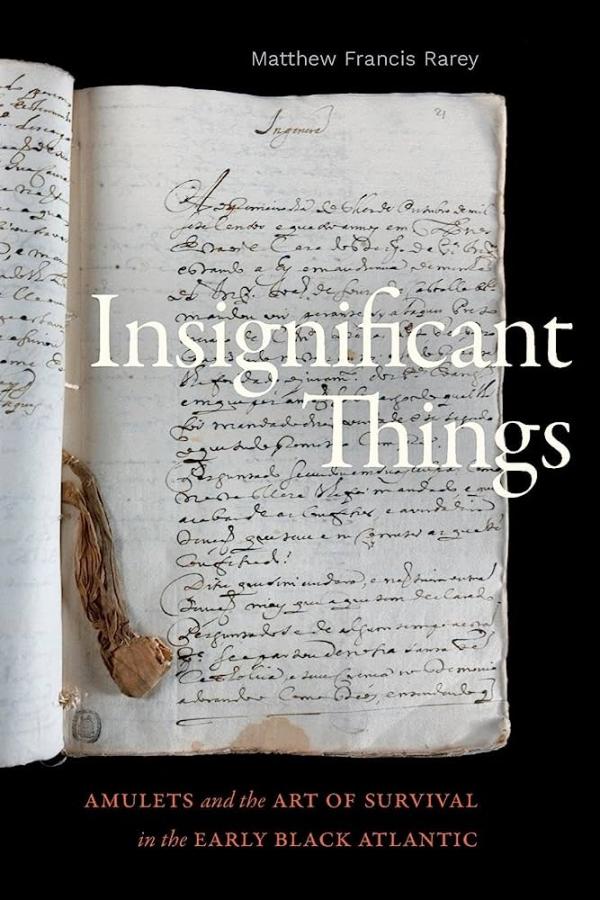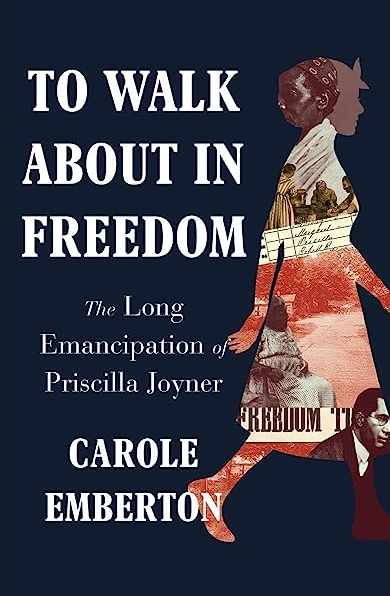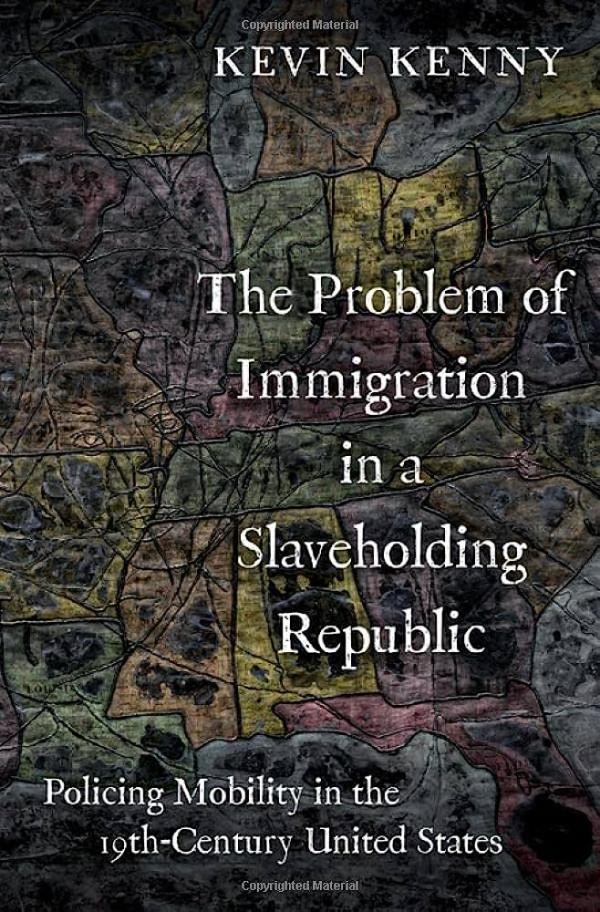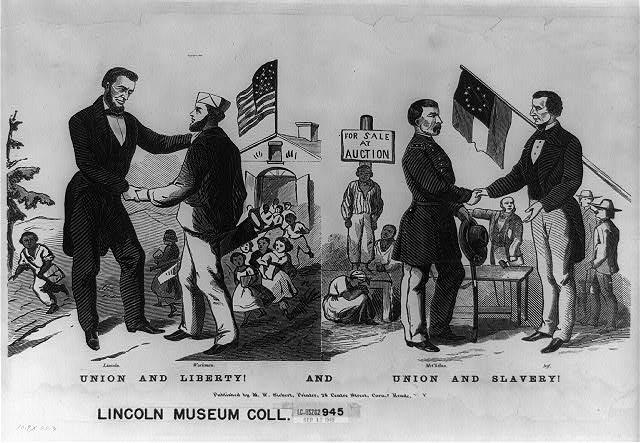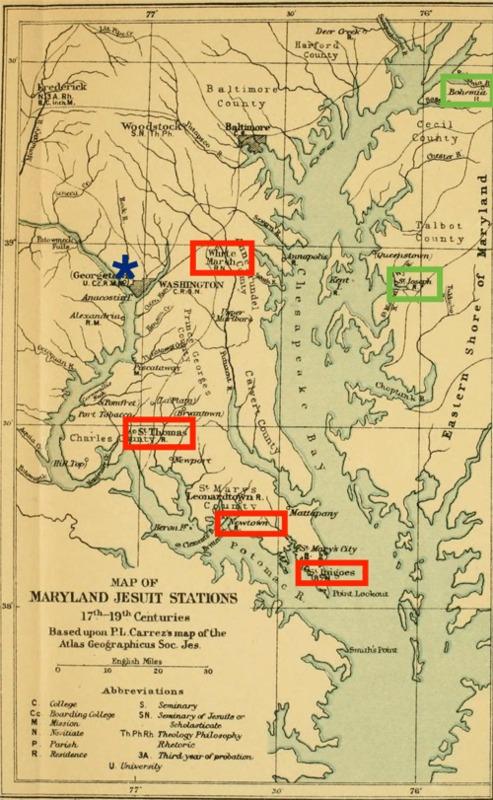Humanities Researchers Remember the Slave Trade and its Abolition
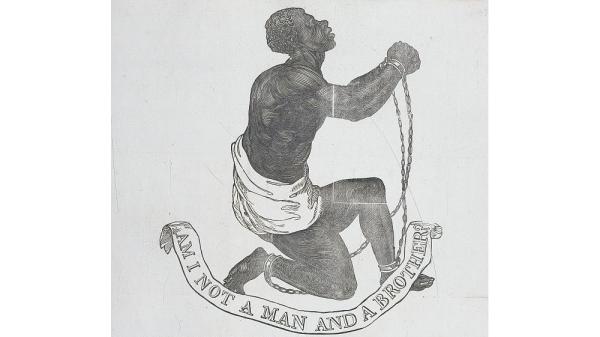
“Am I not a man and a brother?” by the American Anti-Slavery Society (1837). Courtesy of the Library of Congress, Prints and Photographs Division. https://lccn.loc.gov/2008661312

“Am I not a man and a brother?” by the American Anti-Slavery Society (1837). Courtesy of the Library of Congress, Prints and Photographs Division. https://lccn.loc.gov/2008661312
On the 23rd of August each year, the international community remembers one of its greatest tragedies and shames: the transatlantic slave trade. The day of remembrance was established in 1998 by UNESCO, and this August marks its 25th year of internationally observed remembrance for those affected by the slave trade. As the world continues to understand and struggle with the vast and complex reverberations of the horrors that saw millions lose their lives, the Division of Research Programs highlights projects that discuss the transatlantic slave trade and its abolition.
Books Funded by the Division of Research Programs
Murphy, Sharon Ann. Banking on Slavery: Financing Southern Expansion in the Antebellum United States (University of Chicago Press, 2023).
The chattel slavery that characterized the treatment of African slaves in the American South is often discussed for its cruelty. Sharon Murphy’s book explores the connection between chattel slavery and the banking industry in pre-Civil War America. Murphy dissects the economic forces that drove slavery, which enabled close relations between slaveholders and banking industry. Banking on Slavery argues that the prevalence and power of the slave trade in the South was encouraged by the support of financial institutions, which were more than willing to give monetary support to the trade of human beings. Learn more about Murphy’s work here.
Jean, Martine. Policing Freedom: Illegal Enslavement, Labor, and Citizenship in Nineteenth-Century Brazil (Cambridge University Press, 2023).
Often discussed in tandem are modern prison systems—particularly in the U.S.—and their connections with the transatlantic slave trade. In Policing Freedom, however, Martine Jean analyzes the connections among Brazil’s prison system in the nineteenth century, free labor, and the building of a post-colonial Brazil. Jean uncovers the ways in which prison labor was used to control and coerce the Brazilian working class in the young nation as the end of slavery was in sight. Learn more about Jean’s work here.
Bernstein, Robin. Freeman's Challenge: The Murder that Shook America's Original Prison for Profit (University of Chicago Press, 2022).
Forced prison labor didn’t just occur in Brazil, but also in the United States. Bernstein’s text discusses a possible origin for the prison industrial complex, exploring how the system found its roots in northern free states. Robin Bernstein focuses on the story of a quadruple murder committed by William Freeman in New York state in 1846, in order to reframe how we understand the founding of the current American prison system, challenging perceptions of prison labor as a direct outgrowth of southern slavery. This book provides a different perspective on the relation between prison labor and slavery, making it a great read alongside Jean’s monograph. Learn more about Bernstein’s work here.
Cutter, Martha. The Many Resurrections of Henry Box Brown: The Man Who Mailed Himself to Freedom (University of Pennsylvania Press, 2020).
The liberation of enslaved peoples came with a plethora of individual stories on how their personal freedom was achieved. Many emancipation narratives are, unfortunately, lost to history, while certain stories have thankfully been preserved. One such story is studied by Martha Cutter as she attempts to document the life, and understand the modern relevance of, the self-liberated Henry Box Brown. Brown was able to successfully gain his freedom by mailing himself, in a large wooden postal crate, all the way from Virginia to the free state of Pennsylvania. The remarkable method of Brown’s emancipation is part of what makes his story so notable. Cutter argues that Brown’s rise to prominence in the last thirty years is thanks to the same traits which had him labeled an outcast in his own time: his ability to turn slavery into a sort-of spectacle to achieve some level of personal mental autonomy in one of the most oppressing situations imaginable. Learn more about Cutter’s work here.
Kretz, Dale. Administrating Freedom: The State of Emancipation after the Freedmen’s Bureau (University of North Carolina Press, 2022).
The liberties and civil rights granted to former slaves following the Emancipation Proclamation and, later, the Fourteenth Amendment provided a system of federal agencies which was entirely new to the people for whom it was created. Dale Kretz dissects the relationship between Black Americans and the federal agencies with which they interacted, specifically the Freedmen’s Branch, in great detail. The book captures the ways in which formerly enslaved people tried to ensure their federal benefits from the Civil War era to the New Deal. Kretz’s work enlightens us on how the relationship between federal institutions and Black Southerners evolved over time. Learn more about Kretz’s work here.
Rarey, Matthew. Insignificant Things: Amulets and the Art of Survival in the Early Black Atlantic (Duke University Press, 2023).
The process of dehumanization was universal in the transatlantic slave trade. Victims of the trade were often removed from their homes and cultures both literally and metaphorically. Using the medium of a monograph, Matthew Rarey dissects the importance of objects known as “mandingas”— small amulet-like pouches which contained items significant for regional practices— in retaining some level of cultural autonomy. The goal of Rarey’s book is to understand how the victims of slavery attempted to retain aspects of Black life, even as they were systematically enslaved. Learn more about Rarey’s work here.
Emberton, Carole. An Intimate History of Freedom: The Biography of Emancipated Slave Priscilla Joyner (W. W. Norton & Co., 2022).
Accounts of life in bondage and subsequent liberation are some of the most valuable accounts in painting a human understanding of slavery. One such narrative is that of Priscilla Joyner and her Depression-era interviews that discussed the process of “feeling free.” Emberton’s work and Joyner’s accounts are distinct for their exploration of how the long-term emotional toll of slavery continued long past the moment of liberation. Emberton studies Joyner’s story to understand the lives of people following the acquisition of freedom, to learn what paths they took, and how the experience of slavery echoed throughout their lives. Learn more about Emberton’s work here.
Kenny, Kevin. The Problem of Immigration in a Slaveholding Republic: Policing Mobility in the Nineteenth-Century United States (Oxford University Press, 2023).
In the United States, immigration was not strongly regulated by Congress before the Civil War. The end of the war, and the granting of citizenship to all formerly enslaved men by the Fourteenth Amendment, would redefine perceptions of citizenship, immigration, and labor. Kevin Kenny argues that as Congress defined the rights of American citizens, it simultaneously defined the nature of immigrant labor from Europe and China. In his monograph, Kenny which would implicitly define the nature of Chinese labor as “unfree”. In this way, the transportation of Chinese laborers who had limited labor options and poor pay was compared to the movement of kidnapped Africans across the Atlantic. This definition of Chinese labor became problematic as slavery was abolished and the free labor ideology took hold. Kenny goes on to explore how the exclusion of Chinese labor in 1882 would open the door for European immigrants to become the dominate foreign labor force which would, in turn, define them as the proto-typical immigrant worker for years to come. Learn more about Kenny’s work here.
LaCroix, Alison L. The Interbellum Constitution: Union, Commerce, and Slavery in the Age of Federalisms (Yale University Press, forthcoming 2024)
Disagreements over constitutional interpretation were a key feature of early 19th century American politics. Slavery, as vast an institution as it was, stood at the heart of many of these debates. Alison LaCroix argues in her upcoming book that slavery, along with the other institutions of commercial union and commerce, were profoundly impacted in this era by a plurality of “federalisms.” In her book, LaCroix goes on to argue that these complicated constitutional debates and robust implementation of different sorts of federalism were ever-present in both commerce and slavery at the outset of the 19th century. Learn more about LaCroix’s work here and read an interview by the author here.
Digital Projects
Ater, Reneé. Contemporary Monuments to the Slave Past Contemporary Monuments to the Slave Past(2018).
The digital humanities provide fantastic tools for connecting the general public to sites that somberly remember the victims of the slave trade, but also celebrate their resilience. Renée Ater’s project uses both Omeka and Scalar to create a digital record of existing “monuments, exhibits, collections, geolocation information, and maps of monuments” that pertain to the transatlantic slave trade and its impact. The work of this project is vital for its creation of an easy-to-access database for both the general public and researchers. The digital scholarship provides detailed documentation; Ater makes note of particulars from the inscriptions upon each monument to the metadata that each still image holds. Learn more about Ater’s work here.
Leon, Sharon M. The Jesuit Plantation Project (2018).
The institution of slavery in the United States offered a profound moral question for religious groups that participated in the slave trade. Recent scholarship has focused on slave-holding Jesuits who resided in Maryland and founded Georgetown University. However, Sharon Leon reframes the narrative of religious slaveholding by focusing on the victims of Jesuit slaveholders. Leon documents and analyzes the social webs that held together these Jesuit slave communities, which held over 250 men, women, and children in bondage by 1838. Along with her dissection of social relationships, Leon centralizes the documentation of births, deaths, baptisms, and all other recorded life events for the victims of the Jesuit plantations within her database. The work of this project, and others like it, is deeply important even as we acknowledge the importance of framing the discussion around the victims when discussing the slave trade and its remembrance. Learn more about Leon’s work here.
Upcoming Projects
"Defining Slavery in the Era of Abolition: The Forced Indenture of Africans in the French Empire, 1817-1861" by Kelly Ann Brignac.
While we often remember and mourn slavery through the contexts of the English-speaking world, equally important are those who suffered under the exploitation of the French Empire. NEH Fellow Kelly Brignac will use her monograph to focus on the ways in which French administration coerced formerly enslaved Africans to continue in indentured servitude following their emancipation in 1817. The practice, which lasted in French overseas territories until 1861, profoundly impacts the way in which we remember slavery— legal emancipation did not mean freedom for a great many victims of the slave trade. Brignac’s project analyses the ways in which the practice of indentured servitude evolved from 1817 to 1861 and evaluates the meaning of “abolition” in the period immediately following its implementation. Learn more about Brignac’s work here.
“Black Sovereignty and Free Trade in an Enslaved Atlantic World” by Nathalie Frédéric Pierre.
The Haitian Revolution of 1791 is often remembered for its early abolition of slavery at a time when much of the Atlantic world still trafficked human beings. Awards for Faculty winner Nathalie Frédéric Pierre examines Black sovereignty on Haiti from 1757 to 1815 to better understand the process by which Haitians liberalized both their economics and politics. Pierre uses the United States, another liberalizing nation at the time, as a foil for understanding what made Haiti’s growth different from that of its slave-holding counterpart. Learn more about Pierre’s work here.
“Last Seen: Searching for Family After Slavery” by Judith Ann Giesberg.
One of the many tragedies brought about by slavery and its subsequent dehumanization was the separation of families. Even once freedom was achieved, many struggled to reconnect with the families which they had been torn from. NEH Public Scholar Judith Giesberg seeks to bring to light the stories of ten people on their quest to find family after emancipation. Giesberg will use these stories to reexamine the “narrative of American freedom”. The upcoming monograph seeks to reimagine the cautious optimism that gripped newly freed Americans as they navigated new hopes and challenges. Learn more about Giesberg’s work here.
“Practicing Emancipation: Slave Ship Survivors, Atlantic Abolition, and the Everyday Politics of Freedom” by Laura Rosanne M Adderley.
Decades before the United States would unilaterally free its enslaved persons, the British Navy ran a campaign to halt the illegal international human trafficking of people from Africa to the new world. While slavery itself wouldn’t be outlawed in many western nations for some time, the international slave trade had been decreed as illegal— Africans could no longer be legally kidnapped and transported across the ocean. NEH Fellow Laura Adderley will focus her upcoming monograph on the stories of Africans who would gain their freedom through the intervention of the British anti-slavery fleet. British officials documented the lives of these free Africans in the Caribbean, revealing what life was like under free labor for these Africans. Adderley hopes to recenter the narrative on the lives and experiences of these men and women, as well as gain a greater understanding for the meaning of freedom in this transitory period. Learn more about Adderley’s work here.
